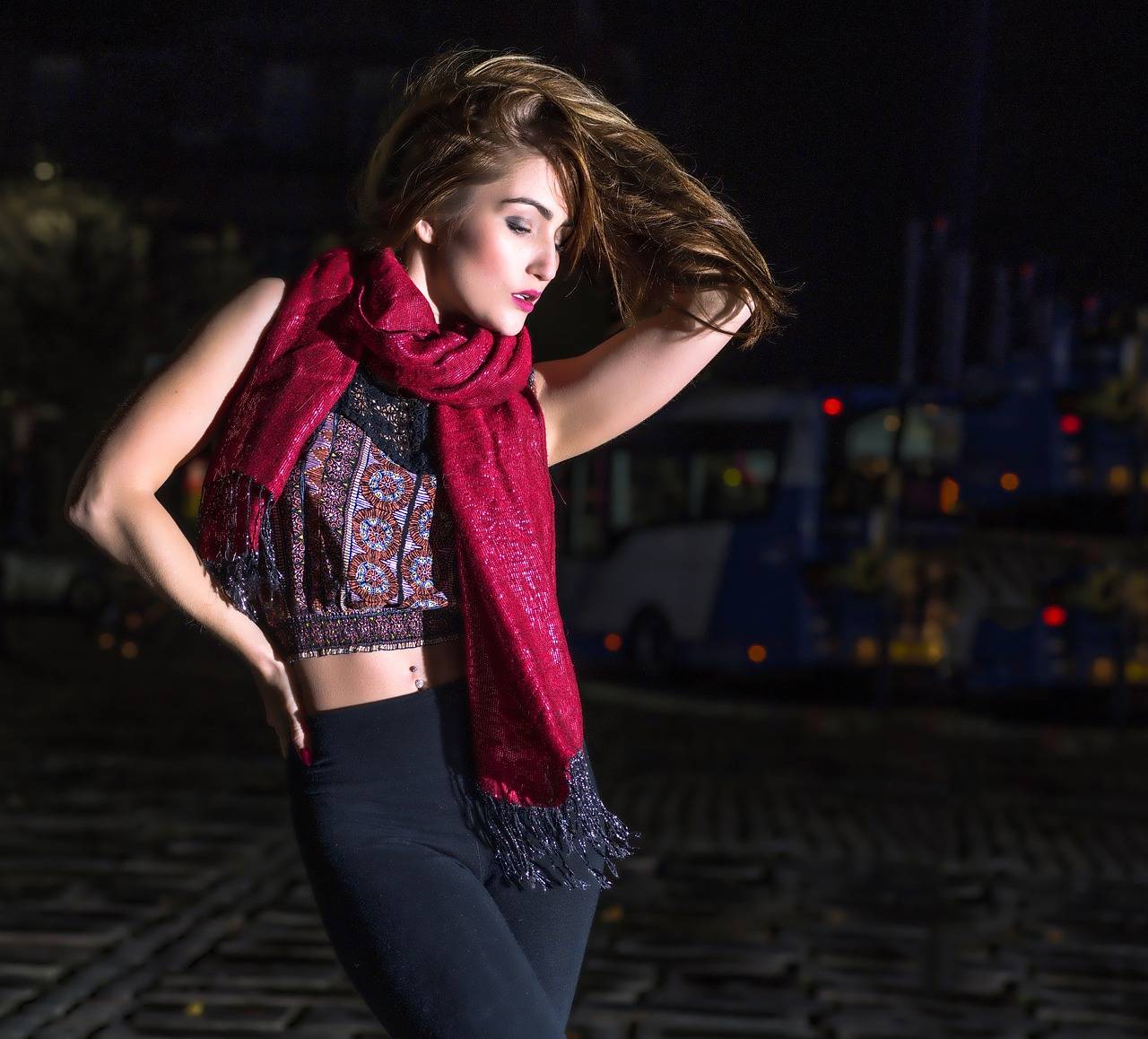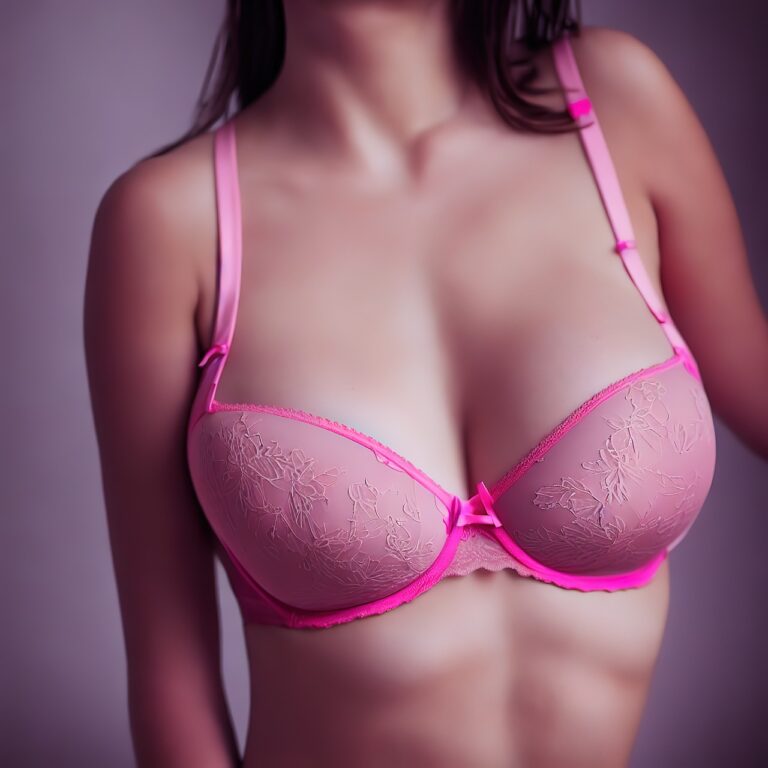Fashion’s Connection with Art and Cultural Heritage
Fashion is more than just clothing; it serves as a visual representation of one’s cultural identity. Through the choice of colors, fabrics, and styles, individuals communicate aspects of their heritage and traditions. Whether it is a vibrant saree worn during Diwali celebrations or a bold African print dress for a wedding ceremony, fashion plays a vital role in showcasing the richness and diversity of different cultures.
By incorporating traditional elements into modern designs, designers not only pay homage to their cultural roots but also bring awareness to global audiences. Embracing diversity in fashion allows individuals to express pride in their heritage while also fostering a sense of inclusivity and unity. As fashion continues to evolve, it is essential to acknowledge its role in promoting cultural appreciation and understanding among communities worldwide.
The Influence of Art Movements on Fashion Trends
Art movements have long played a significant role in shaping the trends of the fashion industry. From surrealism to minimalism, artistic movements have inspired designers to experiment with new silhouettes, colors, and textures. For example, the bold and vibrant colors of the Pop Art movement of the 1960s translated into bright and eye-catching fashion pieces that are still popular today.
Additionally, the clean lines and simplicity of the Bauhaus movement have influenced the rise of minimalist fashion in recent years. Designers have embraced the Bauhaus principles of form following function, leading to sleek and understated garments that exude modernity and elegance. The relationship between art movements and fashion trends is a dynamic and ever-evolving one, with each new wave of creativity in the art world leaving its mark on the runways of top designers.
How does fashion reflect cultural identity?
Fashion reflects cultural identity by incorporating elements of a culture’s history, traditions, and values into clothing and accessories.
How do art movements influence fashion trends?
Art movements influence fashion trends by inspiring designers to incorporate artistic styles, colors, and motifs into their clothing collections.
Can you give an example of an art movement that has influenced fashion trends?
One example is the Art Deco movement of the 1920s and 1930s, which inspired fashion designers to create glamorous, geometrically patterned clothing and accessories.
Why is it important for fashion to be influenced by art movements?
It is important for fashion to be influenced by art movements because it adds depth, creativity, and cultural significance to clothing and accessories.
How can individuals incorporate art movements into their personal style?
Individuals can incorporate art movements into their personal style by experimenting with colors, patterns, and textures inspired by their favorite art movements.





